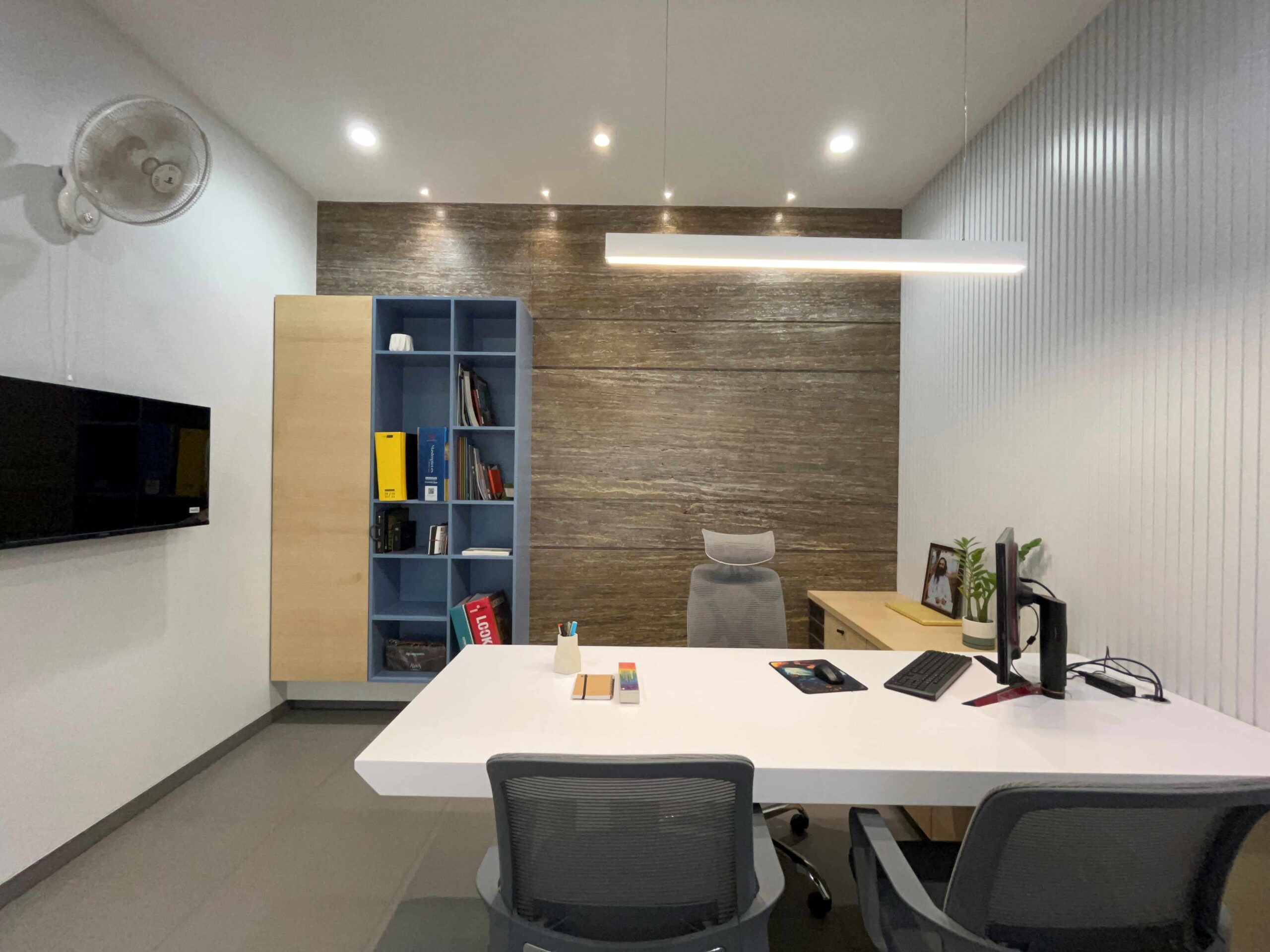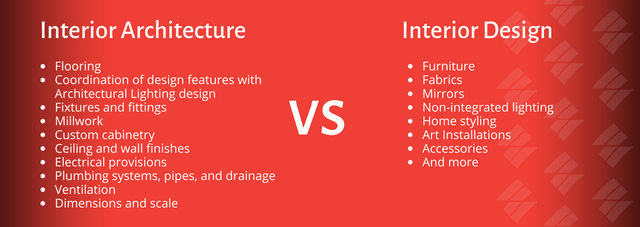The Art of Equilibrium: Just How Interior Design and Home Engineer Collaborate for Stunning Outcomes
In the realm of home design, striking a balance between looks and functionality is no small task. This delicate balance is attained via the harmonious collaboration in between interior designers and designers, each bringing their distinct experience to the table. Remain with us as we discover the complexities of this collective process and its transformative impact on home layout.
Comprehending the Core Distinctions Between Interior Decoration and Home Style
While both Interior Design and home architecture play essential functions in developing cosmetically pleasing and useful rooms, they are naturally different disciplines. Home design mostly concentrates on the architectural elements of the home, such as building codes, safety laws, and the physical building and construction of the space. It deals with the 'bones' of the framework, collaborating with spatial measurements, bearing walls, and roof styles. On the various other hand, Interior Design is more concerned with boosting the sensory and aesthetic experience within that structure. It entails picking and organizing furniture, selecting color design, and integrating attractive elements. While they function in tandem, their functions, responsibilities, and areas of proficiency diverge considerably in the production of an unified home environment.
The Harmony Between Home Design and Interior Design
The synergy between home architecture and Interior Design lies in a shared vision of layout and the enhancement of practical aesthetics. When these two fields align harmoniously, they can transform a space from common to phenomenal. This collaboration needs a deeper understanding of each self-control's principles and the ability to produce a natural, cosmetically pleasing atmosphere.
Unifying Style Vision
Unifying the vision for home style and indoor layout can create a harmonious living space that is both useful and aesthetically pleasing. It advertises a synergistic strategy where architectural elements enhance interior layout parts and vice versa. Thus, unifying the design vision is essential in blending design and interior style for stunning results.
Enhancing Useful Aesthetics
Exactly how does the harmony between home design and Interior Design enhance practical aesthetic appeals? This harmony allows the development of areas that are not only visually appealing however additionally pleasantly functional. Architects prepared with their architectural layout, making sure that the area is practical and efficient. The indoor developer after that enhances this with carefully selected components that enhance the aesthetics without compromising the functionality. This harmonious partnership can result in homes that are both livable and attractive. For example, an engineer could develop a house with high ceilings and big home windows. The interior developer can then highlight these attributes with high plants and sheer drapes, specifically, thus boosting the aesthetic allure while keeping the sensible benefits of all-natural light and space.
Importance of Partnership in Creating Balanced Spaces
The partnership between interior developers and designers is pivotal in creating well balanced areas. It brings harmony between design and architecture, bring to life spaces that are not just visually pleasing but also functional. Exploring effective collective techniques can provide understandings into just how this harmony can be properly accomplished.
Integrating Layout and Design
Balance, a necessary element of both Interior Design and design, can just genuinely be accomplished when these two fields operate in harmony. This harmony is not simply a visual browse this site consideration; it impacts the capability, toughness, and ultimately, the livability of an area. Inside designers and engineers should recognize each other's roles, appreciate their proficiency, and interact properly. They must think about the interaction of architectural components with decor, the flow of areas, and the influence of light and shade. This joint process results in a cohesive, well balanced layout original site where every component contributes and has a function to the general aesthetic. Balancing design and architecture is not just regarding producing attractive areas, however regarding crafting areas that work perfectly for their residents.
Effective Collective Strategies

Instance Studies: Successful Assimilation of Design and Style
Analyzing numerous case research studies, it comes to be apparent exactly how the effective assimilation of interior style and design can change a room. Architect Philip Johnson and interior designer Mies van der Rohe teamed up to develop a harmonious balance between the inside and the structure, resulting in a seamless flow from the outside landscape to the internal living quarters. These case research studies underline the profound effect of an effective layout and architecture partnership.

Conquering Challenges in Design and Architecture Collaboration
Despite the indisputable visit this web-site advantages of an effective partnership in between Interior Design and architecture, it is not without its obstacles. Interaction issues can arise, as both parties may use various terms, understandings, and techniques in their job. This can result in misconceptions and delays in task completion. An additional major difficulty is the harmonizing act of looks and functionality. Designers might prioritize architectural integrity and security, while developers focus on convenience and design. The integration of these purposes can be complex. Furthermore, budget and timeline restraints commonly include pressure, possibly triggering rifts in the partnership. For that reason, reliable interaction, good understanding, and compromise are critical to overcome these difficulties and accomplish a successful and harmonious cooperation.
Future Patterns: The Advancing Connection In Between Home Architects and Interior Designers
As the globe of home layout proceeds to evolve, so does the connection between designers and indoor developers. Alternatively, indoor developers are welcoming technological facets, affecting total format and capability. The future promises a much more cohesive, innovative, and adaptive approach to home layout, as engineers and developers continue to obscure the lines, cultivating a partnership that genuinely symbolizes the art of balance.
Conclusion
The art of equilibrium in home style is achieved with the harmonious partnership between interior developers and designers. Regardless of difficulties, this collaboration promotes development and development in layout.
While both interior style and home architecture play necessary roles in developing aesthetically pleasing and practical rooms, they are inherently various disciplines.The synergy in between home architecture and interior layout lies in a shared vision of layout and the enhancement of practical visual appeals.Merging the vision for home style and interior design can produce an unified living space that is both practical and cosmetically pleasing. Thus, unifying the style vision is critical in blending architecture and interior layout for stunning results.
Exactly how does the harmony in between home style and interior style improve useful aesthetics? (Winchester architect)